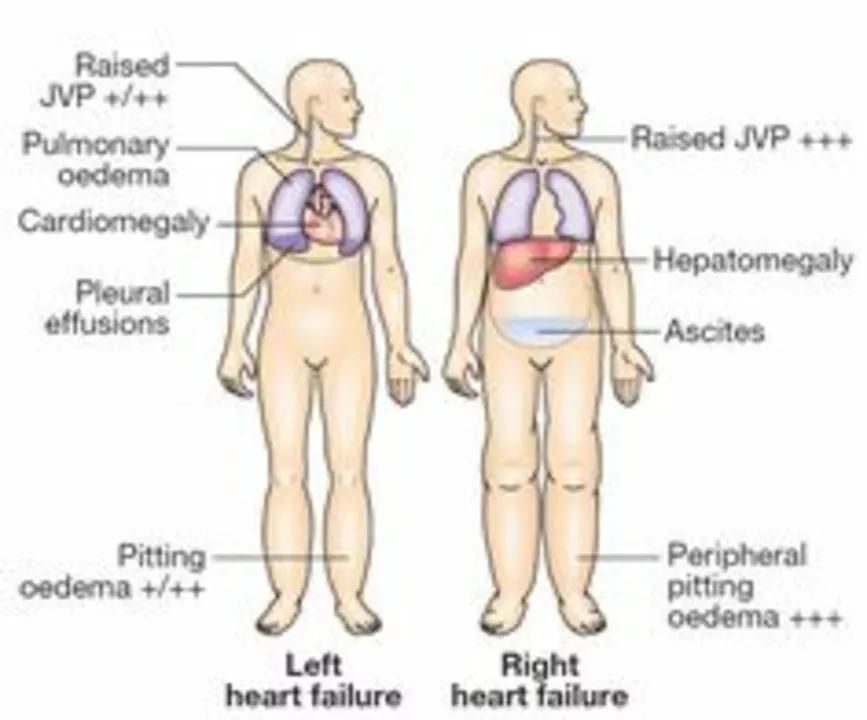Edema Explained: What It Is and How to Tackle It
If you’ve ever noticed puffy ankles, tight calves, or a bloated face, you’re probably dealing with edema. In plain words, edema is extra fluid that builds up in your body’s tissues. It’s not always a scary sign—sometimes it’s just a reaction to standing too long or eating salty food. But if the swelling sticks around, it can hint at something deeper.
Why Does Edema Happen?
The body normally balances fluids through blood vessels and the lymph system. When that balance tips, fluid leaks into nearby spaces and you get puffiness. Common triggers include high‑salt meals, long flights, pregnancy, or tight shoes that restrict circulation. Medical conditions like heart failure, kidney disease, or liver problems also crowd the system with extra water.
Medications matter, too. Some blood pressure pills, steroids, and hormone therapies can make your kidneys hold onto more sodium, which drags water along for the ride. If you start a new prescription and notice swelling, flag it to your doctor—sometimes a dosage tweak solves the problem.
How to Manage Everyday Swelling
The fastest fix is to move. A quick walk or calf raise exercises push fluid back toward the heart where it can be processed. Elevating swollen limbs above heart level for 15‑20 minutes a few times daily also helps drain excess liquid.
Cutting back on salty snacks makes a big difference. Aim for less than 2,300 mg of sodium per day and drink plenty of water; staying hydrated tells your kidneys not to hoard fluid. Foods rich in potassium—like bananas, potatoes, and leafy greens—help balance electrolytes and reduce puffiness.
If you’re on meds that cause edema, ask your doctor about alternatives or a lower dose. Sometimes adding a mild diuretic (water pill) under medical supervision can clear the excess fluid without hurting your electrolyte balance.
Compression stockings are a handy tool for leg swelling. They apply gentle pressure that keeps blood flowing upward and prevents fluid from pooling. Choose a grade that matches your level of puffiness—light compression works for mild cases, while stronger grades suit chronic conditions.
Weight gain can worsen edema, so keep an eye on your overall health. Regular exercise not only burns calories but also improves circulation, making it harder for fluid to collect in one spot.
If swelling appears suddenly, is painful, or comes with shortness of breath, chest tightness, or a rapid heartbeat, treat it as urgent. Those signs could mean heart or lung trouble that needs immediate medical attention.
Bottom line: edema often starts with simple lifestyle choices—move more, eat less salt, stay hydrated, and check your meds. When those steps don’t help, it’s time to talk to a health professional for deeper testing. With the right mix of everyday habits and professional guidance, you can keep puffiness under control and feel more comfortable in your own skin.

The Link Between Edema and Heart Failure: Symptoms and Treatment
As a blogger, I've recently come across some important information on the link between edema and heart failure. Edema is a condition where excess fluid accumulates in the body, often leading to swelling. I've learned that this can be a symptom of heart failure, as the heart struggles to pump blood effectively, causing fluid to build up. If you experience symptoms like swelling in your legs, ankles, or abdomen, it's crucial to seek medical attention. Treatment options for edema and heart failure may include medications, lifestyle changes, and in some cases, surgery.
Read More